Quilt backs or backing! It’s a hot topic around here. We often receive questions about preparing quilt backing fabric, such as cutting and assembly techniques, working with 108” wide fabric, pieced backings, and how to make the backings ready for a longarmer.
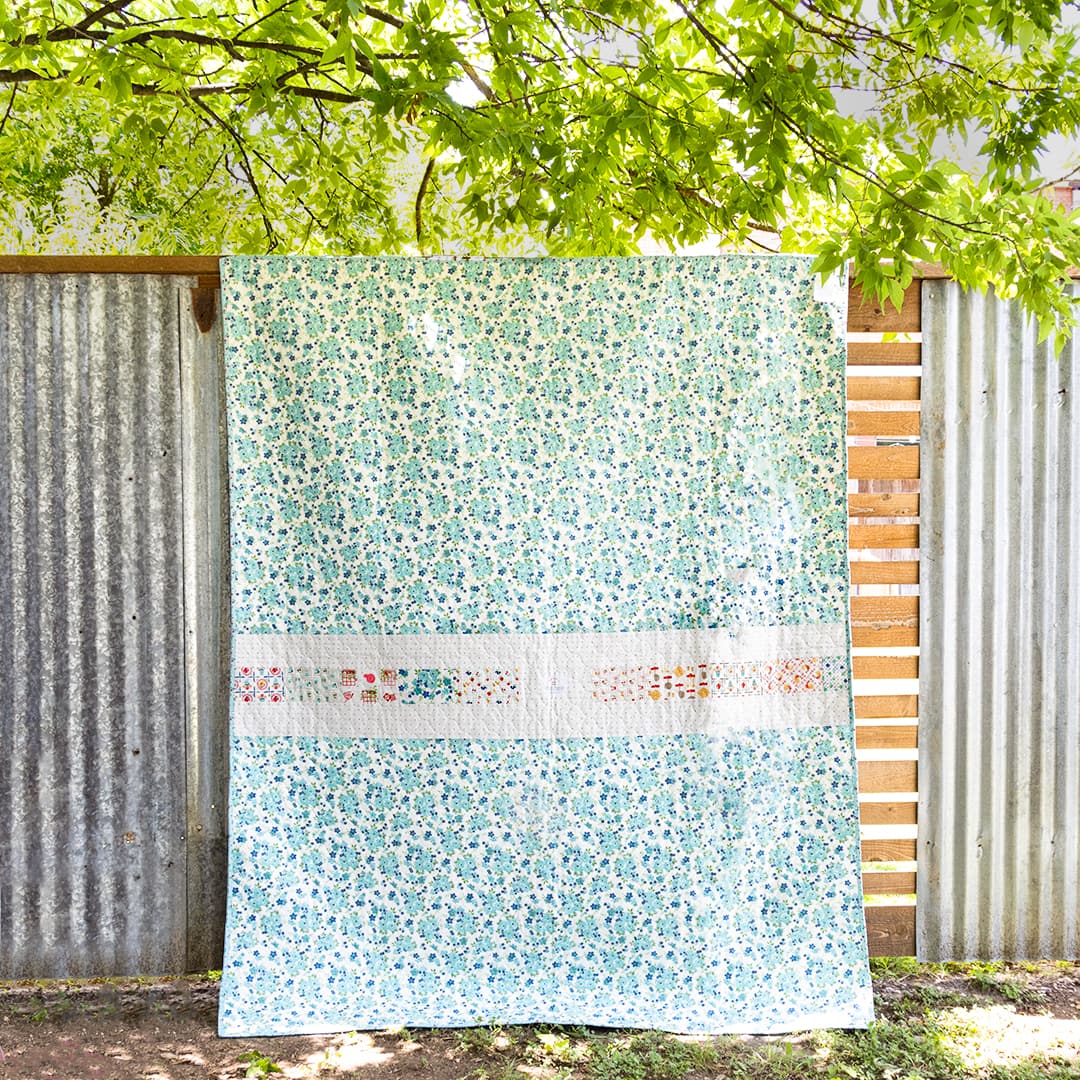
Over the years, we’ve come to find a few techniques to use for our quilt backs, and we’re sharing them with you here today, along with a FREE Quilt Backing Reference Chart that gives you quilt piecing diagrams at a glance, along with some helpful tips.
Top 3 Quilt Backing Tips
To find out some of the biggest challenges for quilt backing, we checked in with Kimberly’s Stitch Squad Facebook Group to see what you want to know. Today, we’re sharing our top three tips to answer those questions!
1. Make Space To Work On The Quilt Back
Clear out a designated area in your home to work on your quilt back. This area can be anything from the kitchen table, a large space on the floor, or a bed. Make sure you make room to lay everything out, especially if you’re quilting at home and need to baste the quilt sandwich.
2. Treat It Like a Quilt Top
Treat your backing like a quilt top by squaring up the fabric and keeping seams straight. Doing this, as you would for quilt top blocks, ensures that everything will be accurate and aligned. A quilt back is honestly just like a quilt top. It’s usually less intricate, but how detailed it is is entirely up to you!
3. Make the Backing Larger than the Quilt Top
It’s standard to make your quilt back measure 4-5” larger than your quilt top on all sides because this allows enough space to clamp the quilt to the longarm machine without getting in the way of the edges. If quilting on a home machine you can get by with less.
Quilty Staffer Teresa has the best tip for measuring your top against the backing. Fold the quilt top and the back into quarters, then lay the quilt top on top of the quilt back and align the folded corner. This technique will show you how much larger the backing is compared to the quilt top without spreading them out flat.
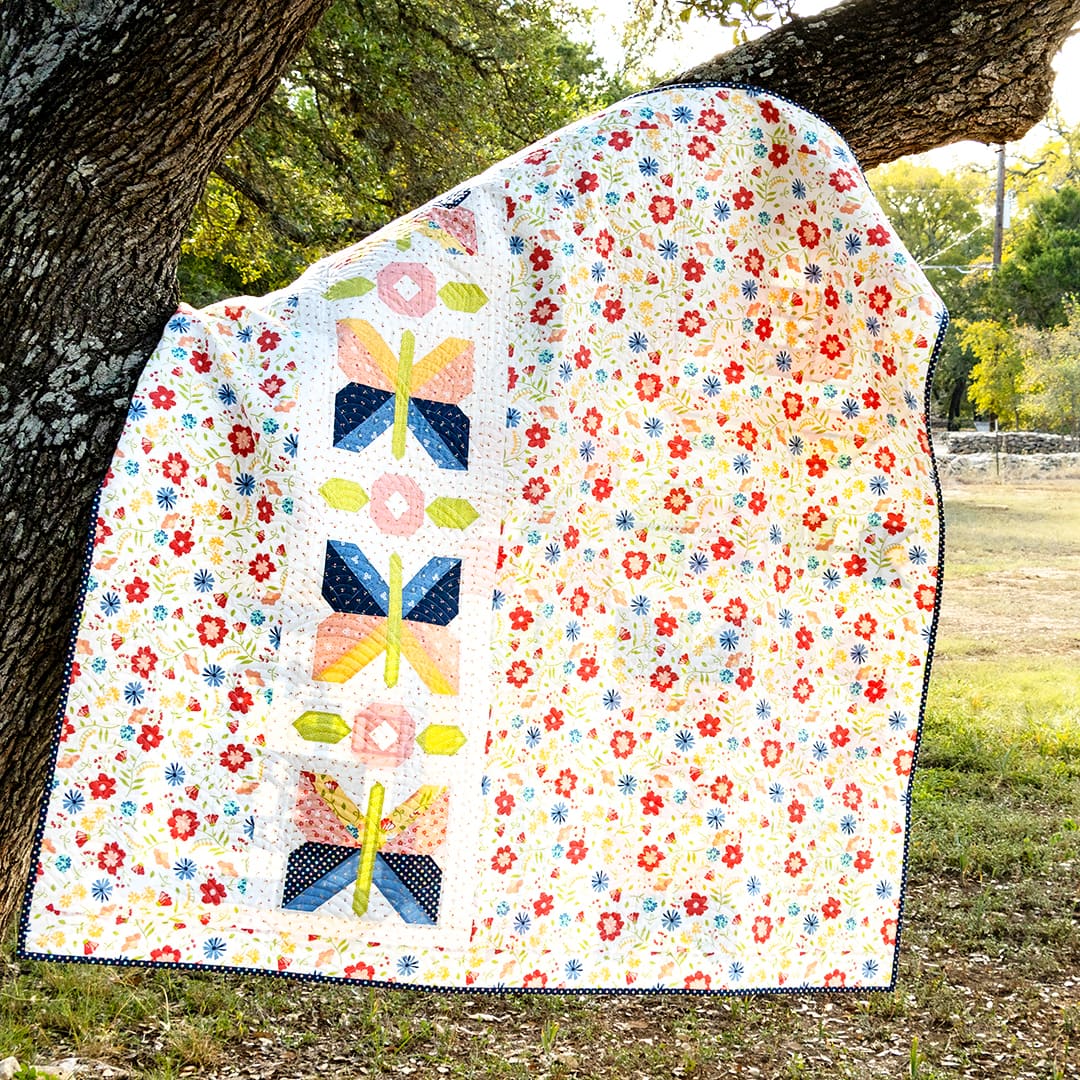
Types of Quilt Backing
Quilting Fabric
This is the quilting cotton fabric you’re used to sewing with. You can use it on the back just like on the quilt top! Another great option would be 108″ wide quilting fabric, which is just regular quilting cotton but on bolts that are 108″ wide instead of the typical 44/45.” We especially love this option because it means no or fewer seams and easier backing prep!
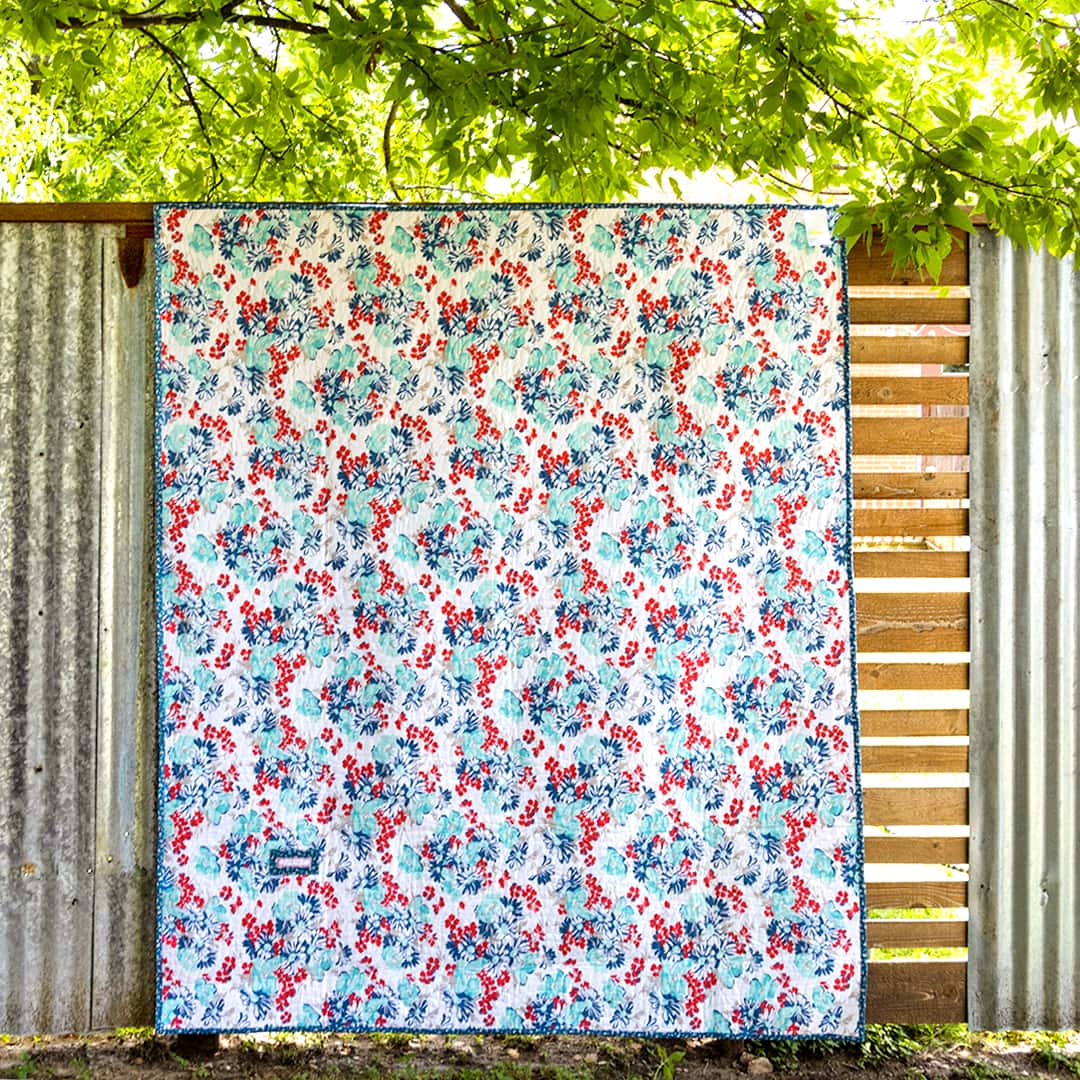
Some quilters were curious to know how to use directional fabric on quilt backs. If the print on your fabric is directional and you’re sewing it vertically, you will need two lengths of the fabric print. We recommend choosing a non-directional print or a solid for your quilt backing to make your life much easier.
Try this calculator for directional, nondirectional, and 108-wide backing math! Use our FREE Quilt Backing Guide to help assemble your quilt back!
Pieced Backing
We love pieced backings because they can use up fabric scraps and leftovers from the quilt top. The result is a unique, one-of-a-kind quilt that is as beautiful on the back as on the front. This technique is very similar to making another quilt top to use as the back. Don’t overthink it!
If you want your seam centered, communicate that with your longarmer by clipping or pinning notes on your quilt backing to indicate where the top and center are.
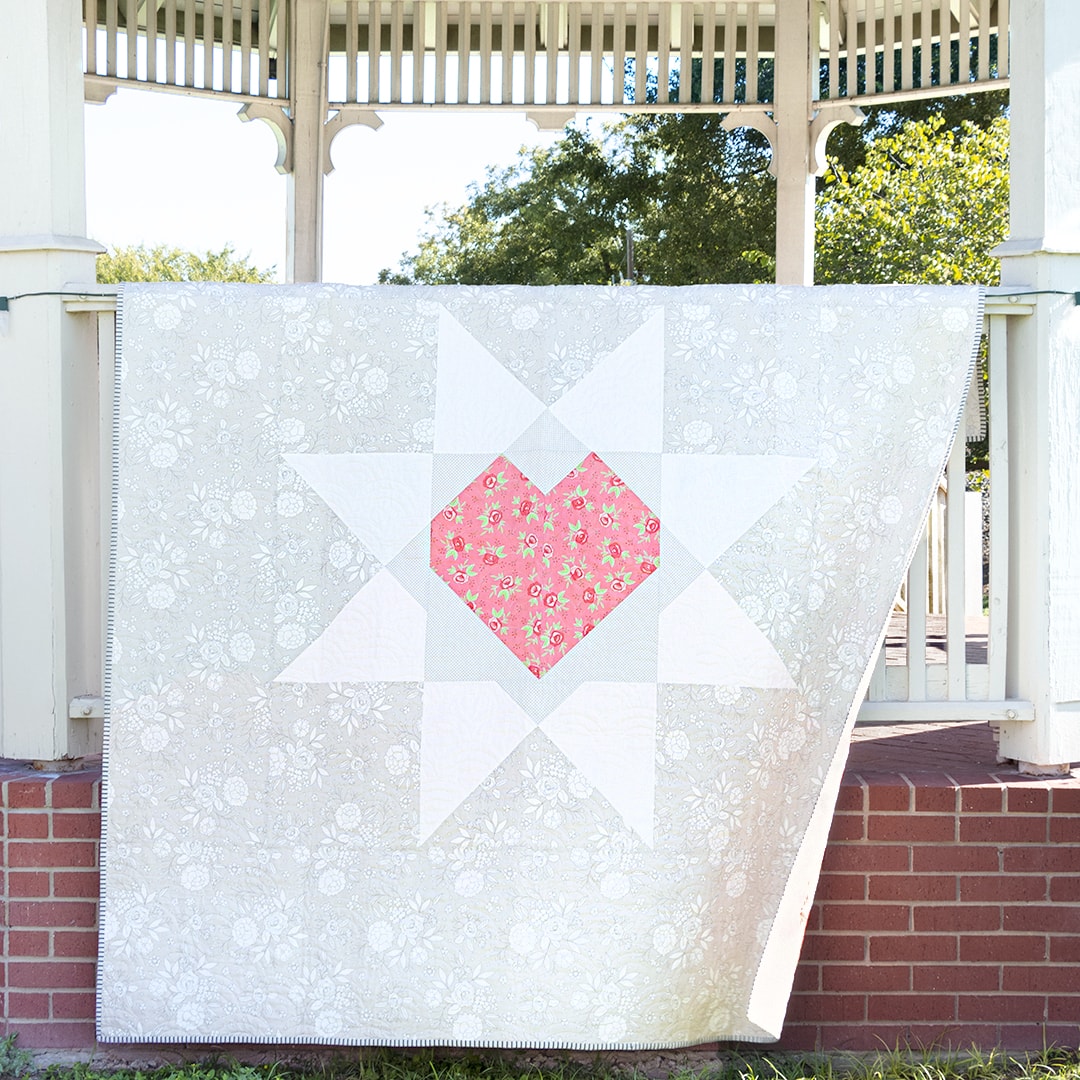
If you’ve made a quilt top you can make a pieced back.

Alternative Fabrics
Some Stitch Squad members asked about alternative backing fabrics such as fleece, flannel, and Cuddle and Minky Fabrics. Those can present specific challenges, so check with your longarmer to ensure they are comfortable working with these backing types. Additionally, if you’re quilting with them at home or sending them out, there are some critical things to know about using these fabric types for backing your quilt.
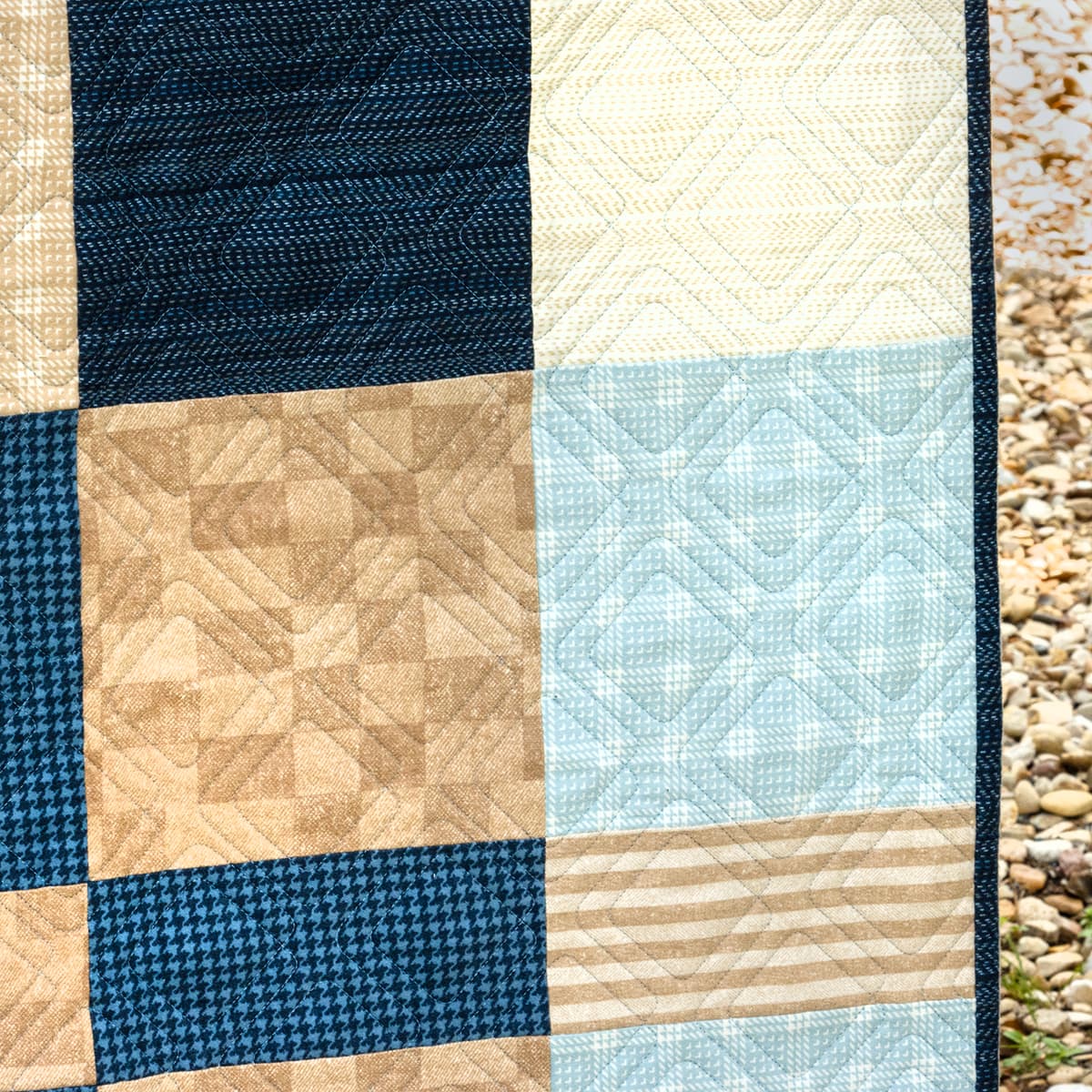
Preshrink flannel or give it a thorough steam to shrink it. Finally, keep in mind Minky has stretch and tends to shift a lot, making it more challenging to handle, especially if you’re working with it at home! Keep these things in mind when deciding on your backing fabric.
Add a Quilt Label
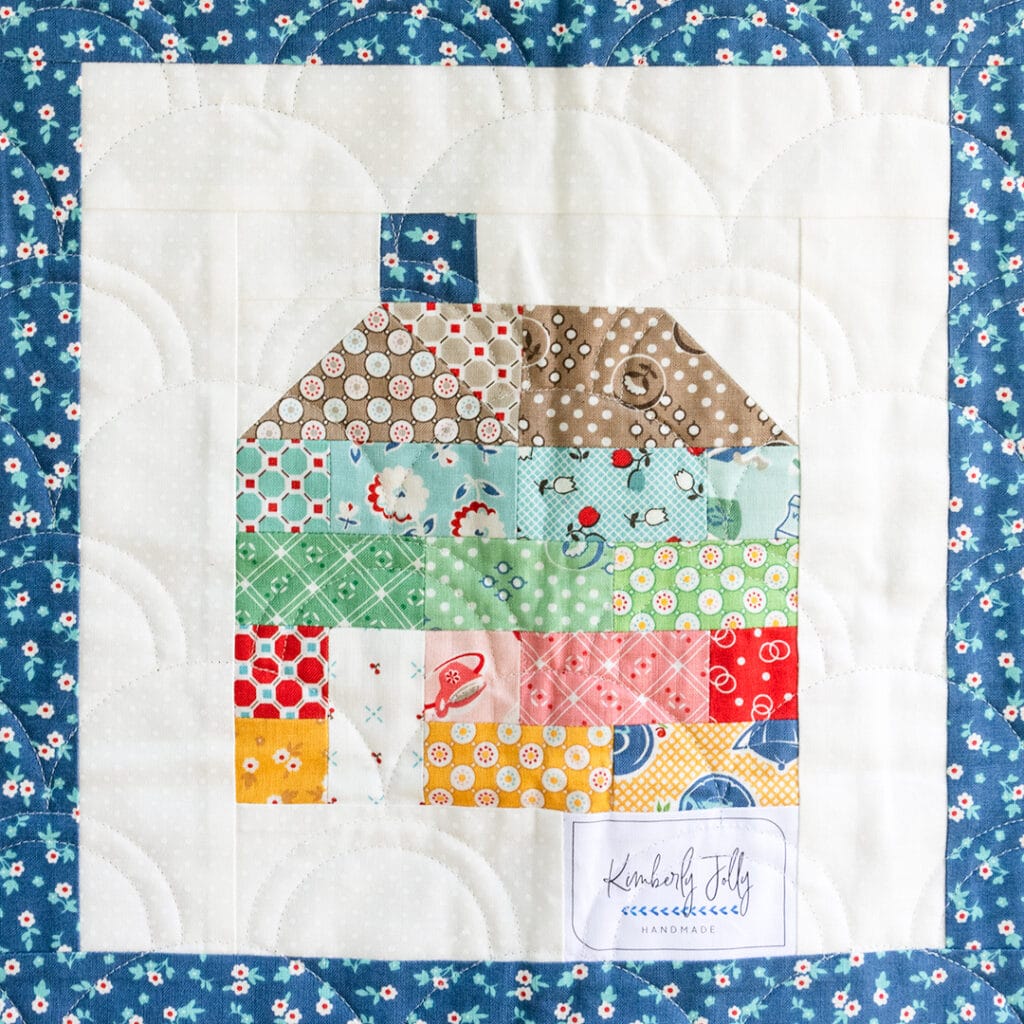

Are you looking for that extra special touch to personalize your quilt even more? Consider adding a quilt label. There are different label styles to suit your taste from preprinted to hand sewn. Look at some of the unique labels Kimberly and our quilt staffers have added to their quilts!
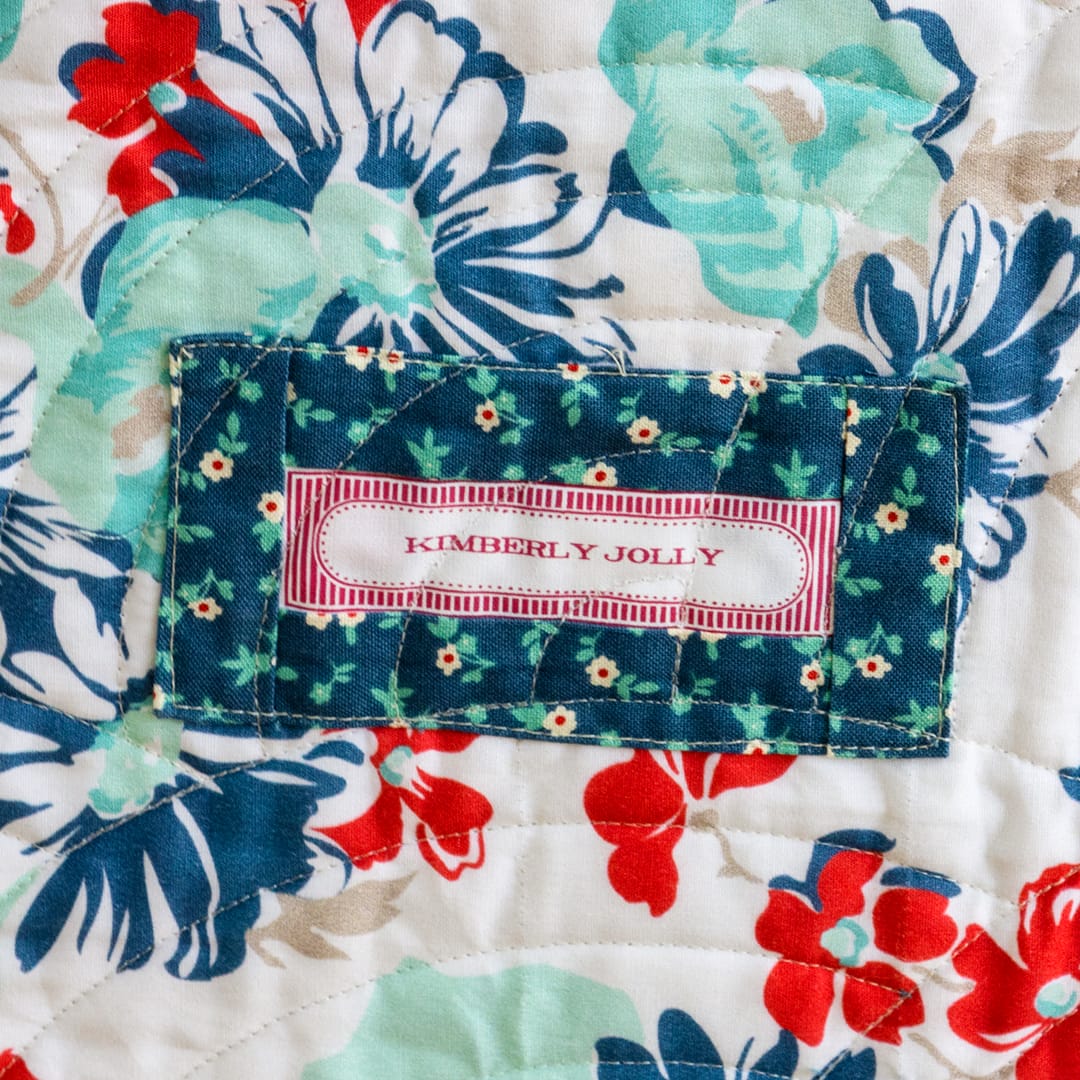
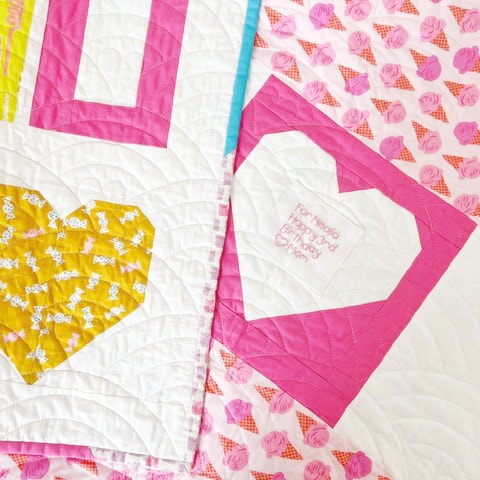
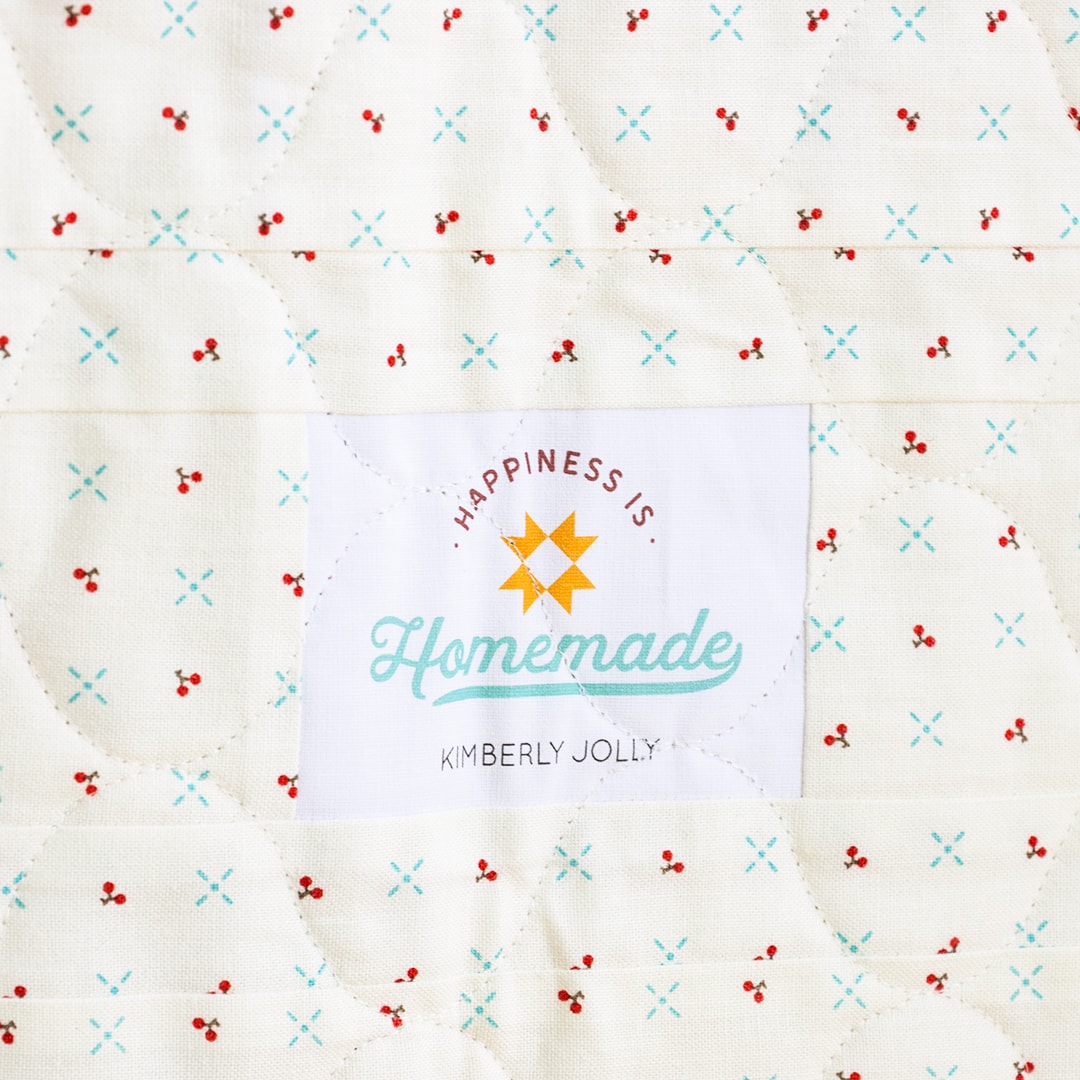
Share with FQS
If you’re inspired to create unique labels or want to share your favorite quilt backs with us on Facebook and Instagram, be sure to tag @fatquartershop.
Do you have a favorite fabric to use for your quilt backings? Do you like to use Minky or cotton? Let us know your quilt backing favorites and tips in the comments below!






11 comments
Love flannel backing and so do the kids that receive my cuddly quilts :0)
Wonderful Tips. Thank U
Lovely! Where can one get custom quilt labels made?
Hi Karen!
There are a lot of companies that offer labels. Kimberly gets her custom labels from Sweetwater: https://www.thesweetwatercoshop.com/shop/25669954/personalized-labels
There are several companies on Etsy that make really fun quilt labels too
Great tips and tricks!! ❤️
I recently ran out of & needed, but couldn’t find, some gray couture grunge. I bought 1/4 yard of the same, but in 108” width & was shocked to see that it was absolutely different! The 108 has a smoother feel, & the print seems to lack that classic appearance of texture. I thought of this when I read in this article that the wide-back fabrics are the same as those we use to piece quilt tops.
I like to make test blocks & depending on the block, they can be the perfect medium for a quilt label.
Thanks again for all of the great information & reference tools.
Whoa, whoa, whoa: In the section about pieced backings, please add a note that even when you mark the center of your pieced backing, it may be impossible for a longarmer to center your pieced design perfectly!
It’s tricky to do, and something many longarmers — even experts — say they don’t guarantee. Sure, some quilters will accept the challenge, but I wouldn’t want any readers to get the impression that it’s a baseline expectation.
What a fantastic tip from Teresa about how to make sure your backing is big enough!! I’ve just gone and checked all my projects waiting to send to the longarmer and it took no time at all! Especially good on the pieced backings to make sure my math was right! Thanks FQS for giving me new tips all the time. Xx